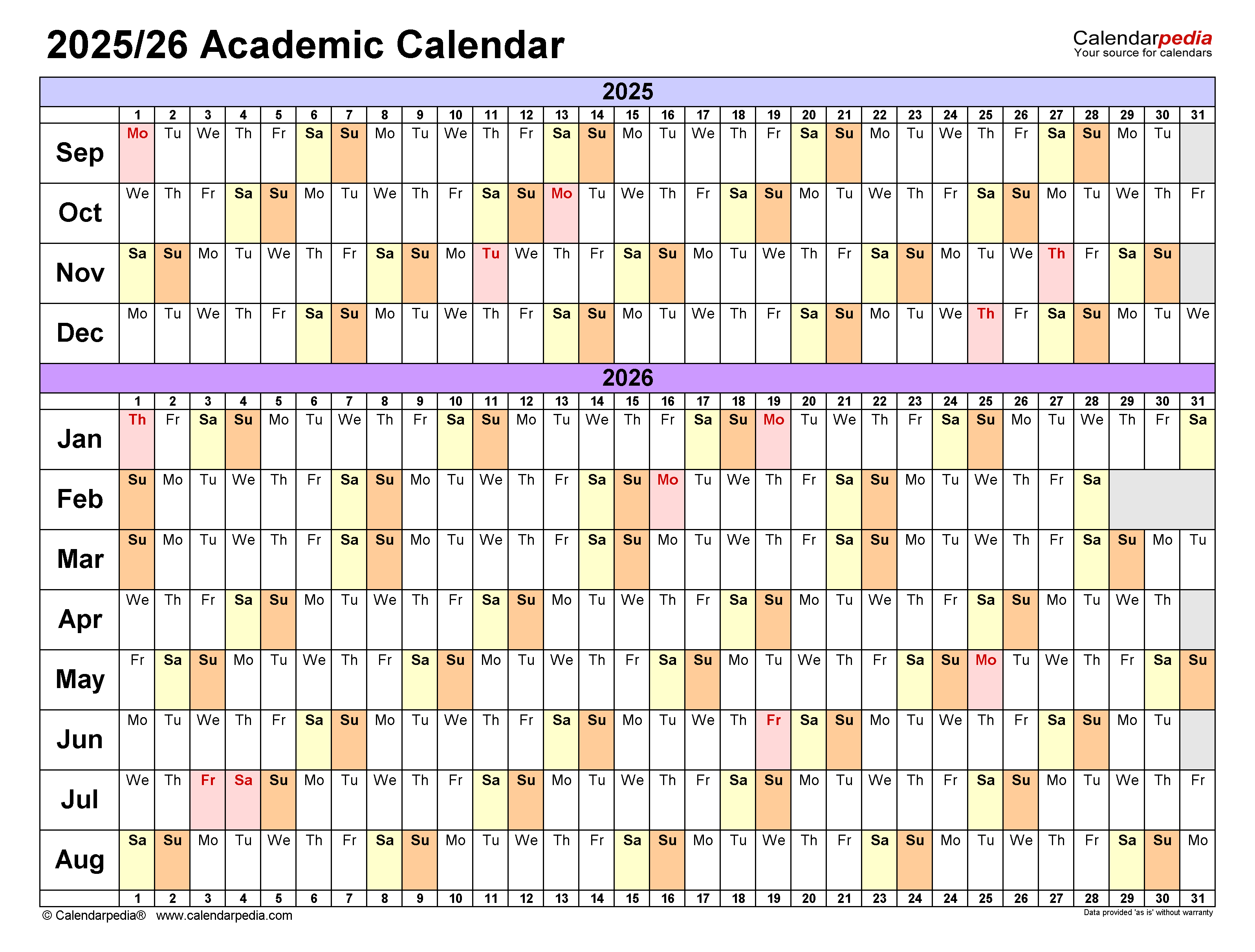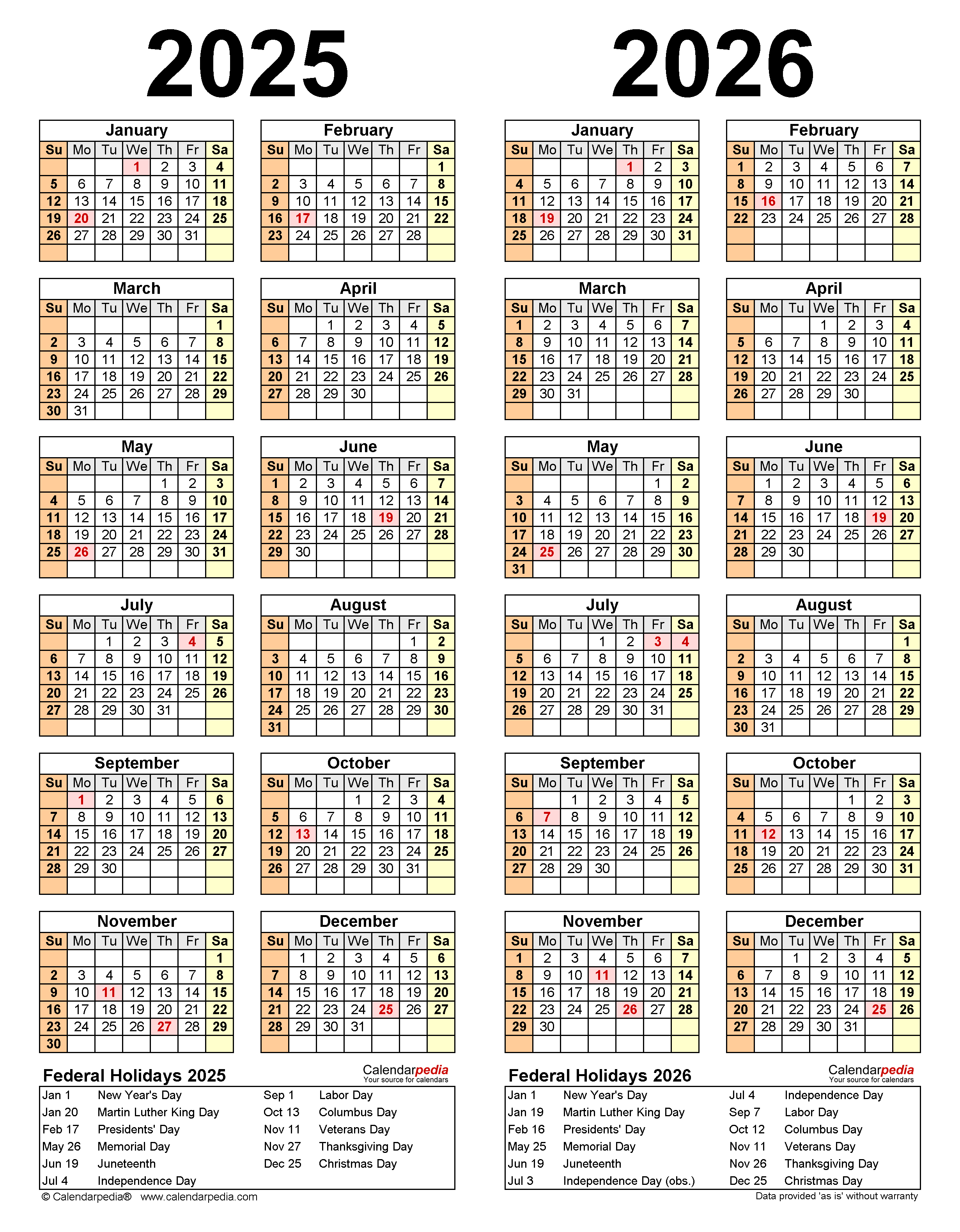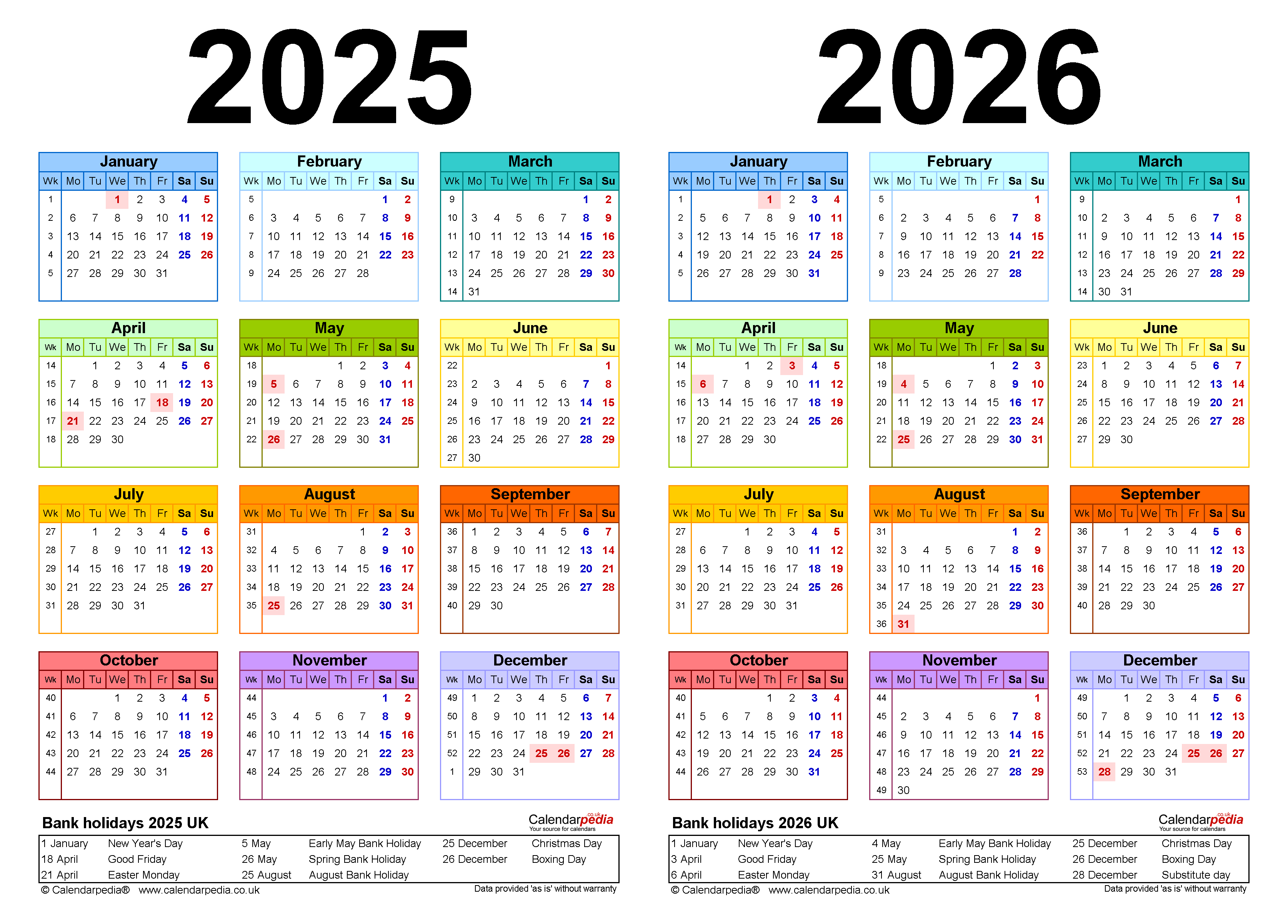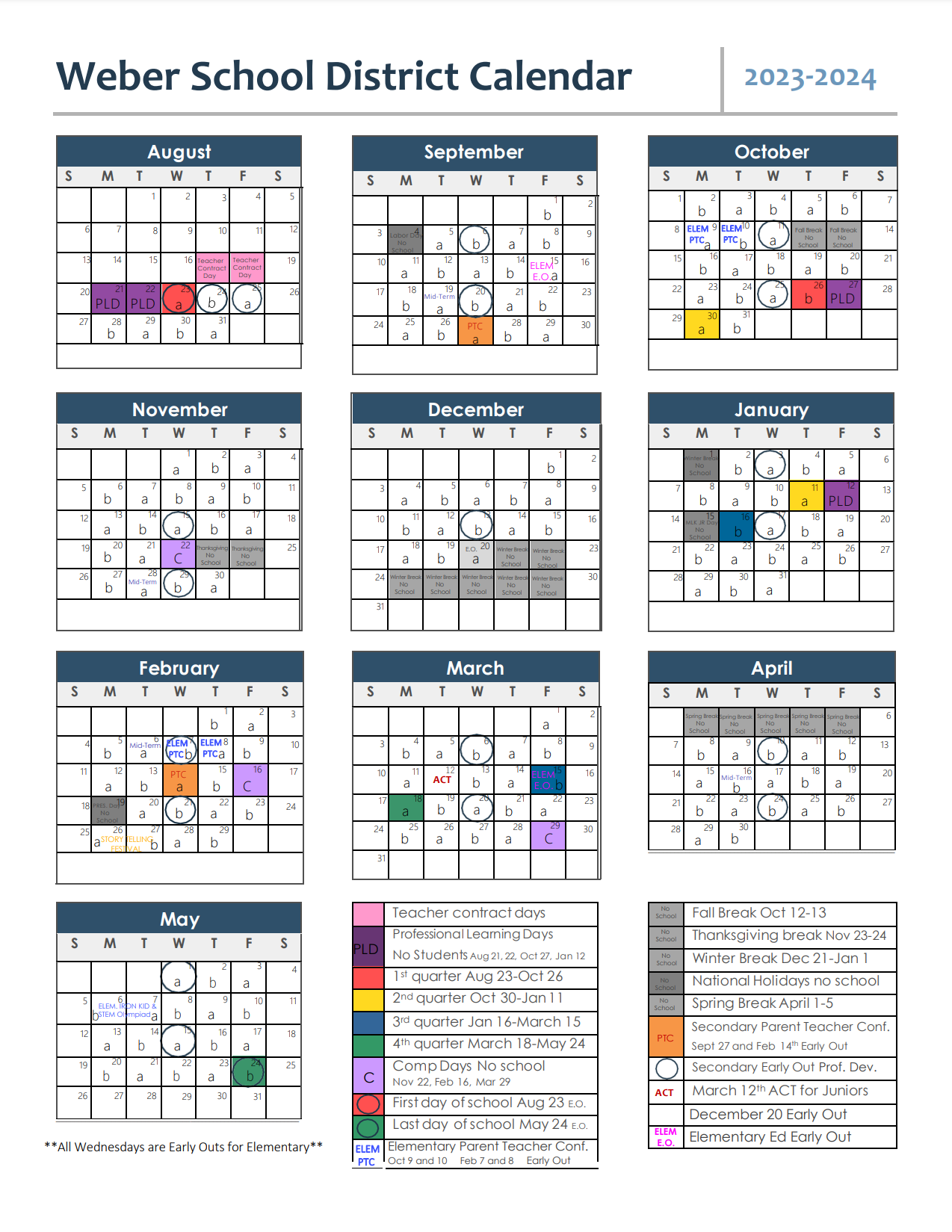WSD Calendar 2025-2026: A Comprehensive Overview
Related Articles: WSD Calendar 2025-2026: A Comprehensive Overview
- 2025 Calendar Printable One Page Free: Organize Your Year With Ease
- June-July 2025 Calendar: A Comprehensive Guide
- J Calendar 2025 Design: A Comprehensive Guide
- 2025 Calendar Design Templates: A Comprehensive Guide
- 2025 And 2026 Calendars: A Comprehensive Overview
Introduction
With great pleasure, we will explore the intriguing topic related to WSD Calendar 2025-2026: A Comprehensive Overview. Let’s weave interesting information and offer fresh perspectives to the readers.
Table of Content
Video about WSD Calendar 2025-2026: A Comprehensive Overview
WSD Calendar 2025-2026: A Comprehensive Overview

Introduction
The WSD (World Standard Day) Calendar is a proposed calendar reform that aims to create a more rational and consistent calendar system. It was developed by the World Calendar Association (WCA) and has been endorsed by various organizations, including the International Organization for Standardization (ISO). The WSD Calendar is designed to address the shortcomings of the current Gregorian calendar, such as its irregular month lengths and the lack of a consistent day of the week for holidays.
Structure of the WSD Calendar
The WSD Calendar is a 12-month calendar with 364 days, divided into 52 weeks. Each year begins on a Monday and ends on a Sunday. The months are named January, February, March, April, May, June, July, August, September, October, November, and December, as in the Gregorian calendar.
The first quarter of each year consists of 13 weeks, while the second, third, and fourth quarters consist of 12 weeks each. This structure ensures that each quarter has an equal number of days (91 days).
Leap Years
In the WSD Calendar, leap years occur every four years, just like in the Gregorian calendar. However, the leap year rule is slightly different. A year is a leap year if it is divisible by 4, but not divisible by 100, unless it is also divisible by 400. This means that the years 2000 and 2400 would be leap years under the WSD Calendar, while the year 2100 would not.
Advantages of the WSD Calendar
The WSD Calendar offers several advantages over the Gregorian calendar:
- Regular month lengths: All months in the WSD Calendar have 28 days, except for December, which has 29 days. This makes it easier to remember the number of days in each month and to calculate dates.
- Consistent day of the week for holidays: Holidays always fall on the same day of the week in the WSD Calendar. For example, Christmas always falls on a Friday. This makes it easier to plan events and avoid conflicts.
- Equal quarters: The WSD Calendar has four equal quarters, each consisting of 91 days. This makes it easier to track progress and compare data over time.
- No need for leap seconds: The WSD Calendar eliminates the need for leap seconds, which are occasionally added to the Gregorian calendar to keep it in sync with the Earth’s rotation. This simplifies timekeeping and reduces the risk of errors.
Disadvantages of the WSD Calendar
There are also some potential disadvantages to the WSD Calendar:
- Breaking with tradition: The WSD Calendar is a significant departure from the Gregorian calendar, which has been used for centuries. Some people may be reluctant to change to a new calendar system.
- Cost of implementation: Changing to the WSD Calendar would require significant effort and expense. Governments, businesses, and individuals would need to update their calendars, schedules, and software systems.
- Potential disruption: The transition to the WSD Calendar could cause some disruption, particularly during the first few years. People may need to adjust to the new month lengths and the different day of the week for holidays.
Status of the WSD Calendar
The WSD Calendar has been proposed for adoption by various organizations, including the United Nations and the International Organization for Standardization (ISO). However, it has not yet been widely adopted. There are a number of reasons for this, including the reluctance to change from the Gregorian calendar, the cost of implementation, and the potential for disruption.
Conclusion
The WSD Calendar is a well-designed calendar reform that offers several advantages over the Gregorian calendar. It has the potential to make timekeeping more rational and consistent, but it faces significant challenges to widespread adoption. Whether or not the WSD Calendar is eventually implemented remains to be seen, but it is an important proposal that deserves serious consideration.








Closure
Thus, we hope this article has provided valuable insights into WSD Calendar 2025-2026: A Comprehensive Overview. We hope you find this article informative and beneficial. See you in our next article!